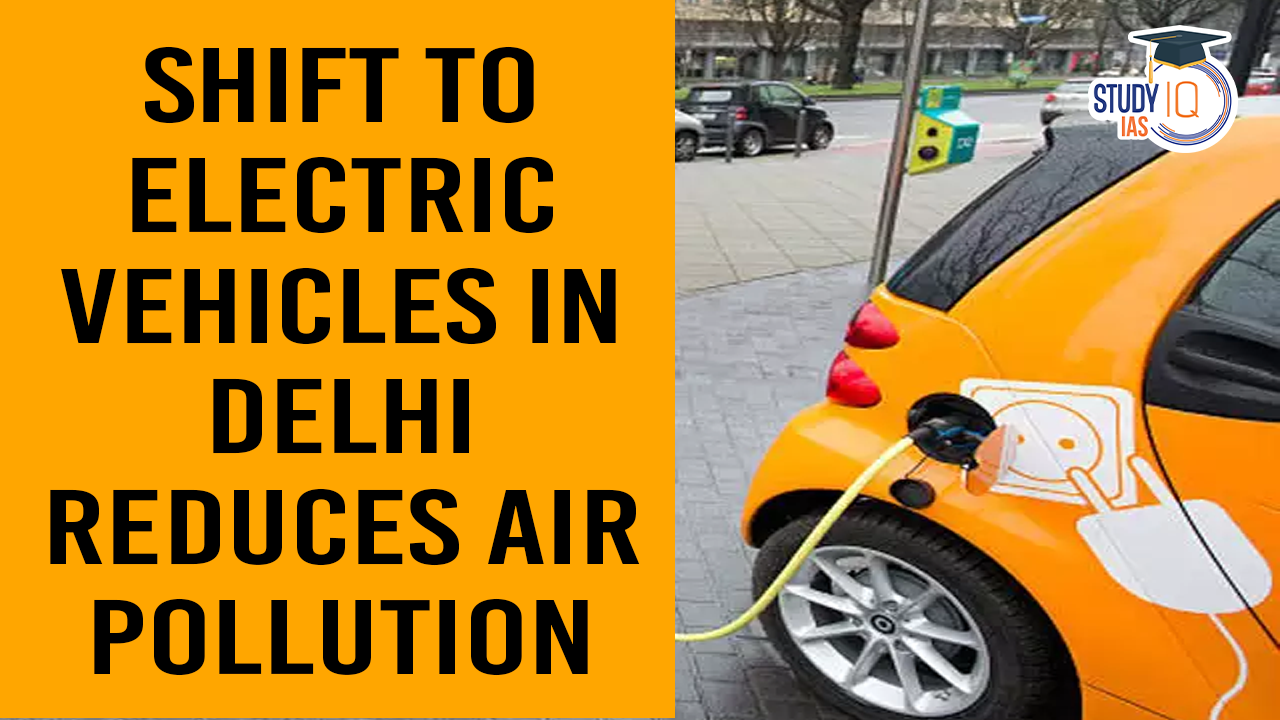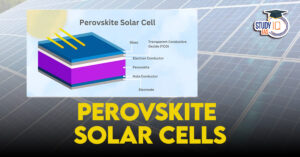Table of Contents
Context: Delhi faces severe air pollution, with the transport sector being the single largest contributor. Studies highlight the significant health and economic costs associated with pollution, particularly due to PM 2.5 emissions, which lead to premature deaths and high healthcare expenses.
Current Scenario
- Transport Sector Emissions:
- Accounts for 37 Gg of PM 2.5 annually.
- Cars (32.44% of fleet): Contribute 54% of emissions.
- Commercial Vehicles (2.56% of fleet): Responsible for 39% of emissions.
- Two-wheelers (61.84% of fleet): Relatively low emissions share.
- Crop Burning: Seasonal impact has reduced in recent years, but air quality remains poor.
- CNG Transition: Adopted two decades ago, it reduced pollution but emits NOx and secondary PM under specific conditions.
Impact of EV Transition
A complete shift to EVs in Delhi can result in:
- Reduction in Pollution and Health Benefits:
- 40% drop in PM 2.5 concentration.
- 7% decrease in mortality-related costs.
- 25% reduction in per capita healthcare costs.
- 6% decline in economic costs from pollution-related diseases.
- Savings of approximately ₹11,000 crore
- Partial Interventions: Converting cars older than 15 years to EVs:
- 9% reduction in PM 2.5.
- 6% reduction in healthcare costs.
- Climate and Health Synergy: Lower disability-adjusted life years (DALYs) due to reduced mortality and morbidity.
Policy Measures and Incentives
Delhi’s EV Policy (2020–2025)
- Subsidies: Up to ₹30,000 for two-wheelers.
- Up to ₹1.5 lakh for electric cars (based on battery capacity).
- Infrastructure Development: Installation of 25 new charging stations.
Challenges
- High Costs: EVs are expensive compared to conventional vehicles.
- Infrastructure Deficiency: Limited charging stations and slow charging speeds.
- Dependency on Imports: Lithium-ion and other battery materials are largely imported, raising costs and environmental concerns.
- Consumer Awareness: Limited understanding of EV benefits among the public.
Future Outlook
- Short-Term Goals (2025): Gradual adoption starting with high-pollution segments (e.g., commercial vehicles, older cars).
- Increase public awareness campaigns and improve charging infrastructure.
- Long-Term Goals: Achieve a full EV transition to mitigate climate concerns, reduce healthcare costs, and improve air quality.


 Comprehensive Remote Sensing Observation...
Comprehensive Remote Sensing Observation...
 Perovskite Solar Cells, Objective and Ch...
Perovskite Solar Cells, Objective and Ch...
 Navy-Marine Expeditionary Ship Interdict...
Navy-Marine Expeditionary Ship Interdict...





















